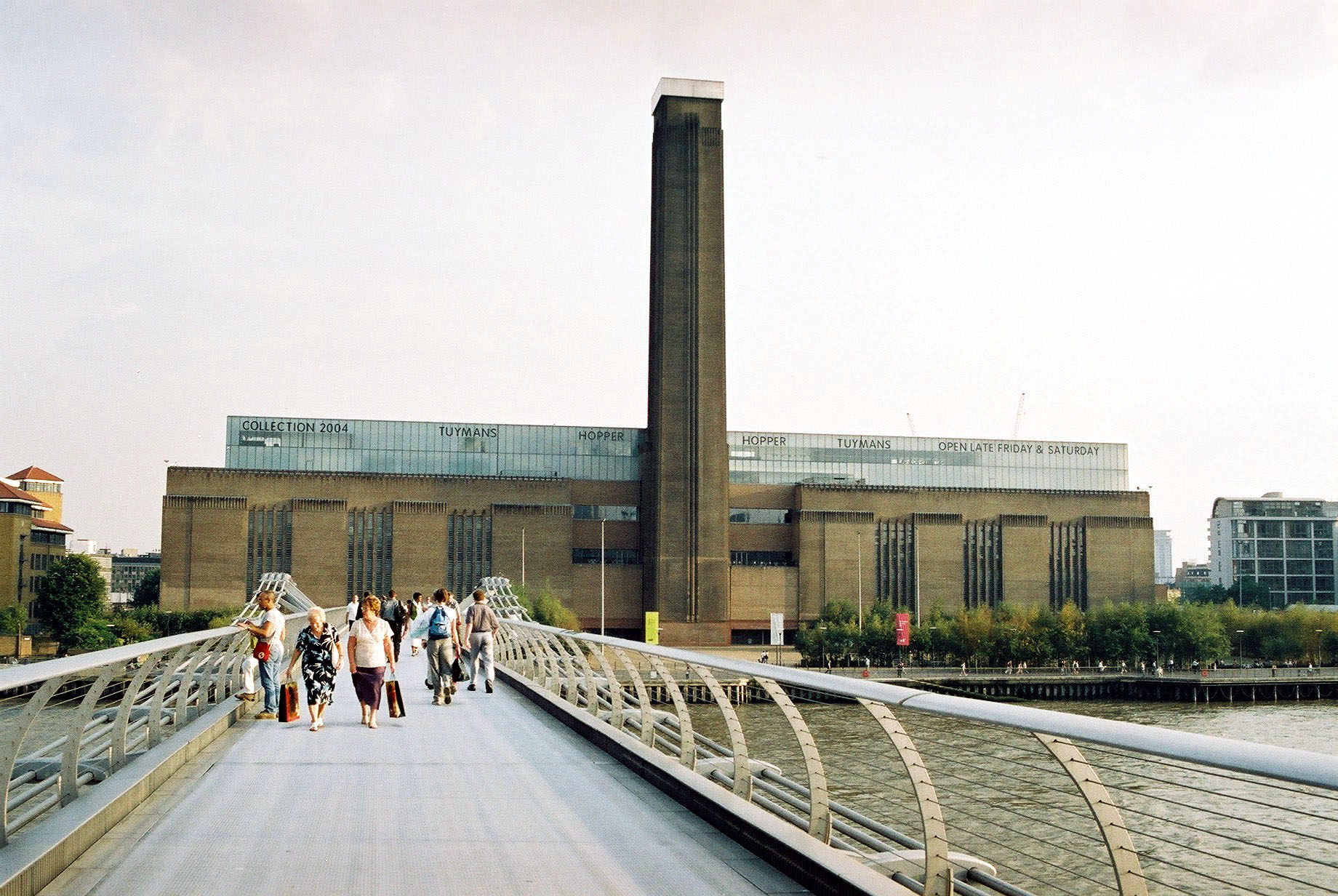Image credit: Michal Louč – CC BY 3.0
Sukaina Kadhum, BA English
1945, August 6, 8:15 Japan time, a bomb plummeted into central Hiroshima. A young man called Toshio Fukada captured the mushroom cloud that hovered over the city in a photograph. This is one among many pieces that are currently on display at the Tate’s Conflict, Time, Photography exhibition. The museum is displaying artwork, photography and artefacts taken from countries around the world.
The focus on time in the exhibition, by organising the displays according to the period of time after the incident, forces the viewer to connect to these moments in a realistic and intense way. This may be through a photograph of the eerie mist blurring the image of a city in Iraq after a bomb has been detonated, or in the picture of a shell shocked US marine, taken by Don McCullin, whose eyes stare unseeingly into the distance. The diverse range of images tell stories of war from both sides of the field provide a refreshingly objective take on the photography world, and a chance to take in the raw humanitarian effects of war without the politics, as well as these wars’ shockingly impactful afterlives.
It is an exhibition of suggestion. For an event about war, there is a distinct lack of images featuring graphic depiction of loss. It is what is left unsaid, for the viewer to grasp themselves, that provides this experimental collection of work with such a gripping atmosphere. The portrait of a young man from Nagasaki, years after the event, whose distorted face literally paints a picture of the wounds of time, possibly reveals more than a graphic image on the day of the event ever could.
The same goes for the photographs of a ruined desert in Kuwait, taken after the Gulf war. The desert landscape is ruined by the remains of items that have been left on the land over the years. It is also ruined in definition, as the presence of these items means the area can no longer be considered a desert; rather these photographs reveal it to be a graveyard for the products of war. The Tate has succeeded in offering a successfully experimental and objectively international take on war photography.
The exhibition is running at the Tate Modern until 15 March 2015.
